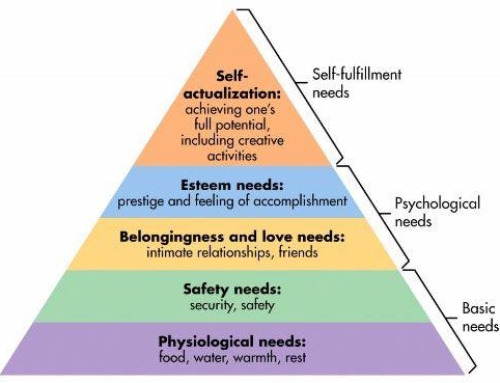Types of Cooling Systems
Central Air Conditioners and Heat Pumps
Central air conditioners and heat pumps are designed to cool the entire house. In each system, a large compressor unit located outside drives the process; an indoor coil filled with refrigerant cools air that is then distributed throughout the house via ducts. Heat pumps are like central air conditioners, except that the cycle can be reversed and used for heating during the winter months. (Heat pumps are described in more detail in the heating section.) With a central air conditioner, the same duct system is used with a furnace for forced warm-air heating. In fact, the central air conditioner typically uses the furnace fan to distribute air to the ducts.
Central air conditioners and air-source heat pumps operating in the cooling mode have been rated according to their seasonal energy efficiency ratio (SEER) since 1992. SEER is the seasonal cooling output in Btu divided by the seasonal energy input in watt-hours for an “average” U.S. climate. Before 1992, different metrics were used, but the performance of many older central air conditioners was equivalent to SEER ratings of only 6 or 7. The average central air conditioner sold in 1988 had a SEER-equivalent of about 9; by 2002 it had risen to 11.1.The national efficiency standard for central air conditioners and air source heat pumps now requires a minimum SEER of 13 (since 2006), and to qualify for ENERGY STAR requires a SEER of 14.5 or higher. Central air conditioners also come with an energy efficiency ratio (EER) rating, which indicates performance at higher temperatures. ENERGY STAR-qualified models must meet an EER requirement of 12.
Room Air Conditioners
Room air conditioners are available for mounting in windows or through walls, but in each case they work the same way, with the compressor located outside. Room air conditioners are sized to cool just one room, so a number of them may be required for a whole house. Individual units cost less to buy than central systems.
Room air conditioners are rated only by the EER, which is cooling output divided by power consumption. The higher the EER, the more efficient the air conditioner. Revised federal minimum efficiency standards for room air conditioners adopted in 2011 will take effect in June 2014; revised ENERGY STAR requirements will take effect in October 2013. Table 5.2 lists requirements for units with louvered sides—the most common type.
SOURCE: https://smarterhouse.org





